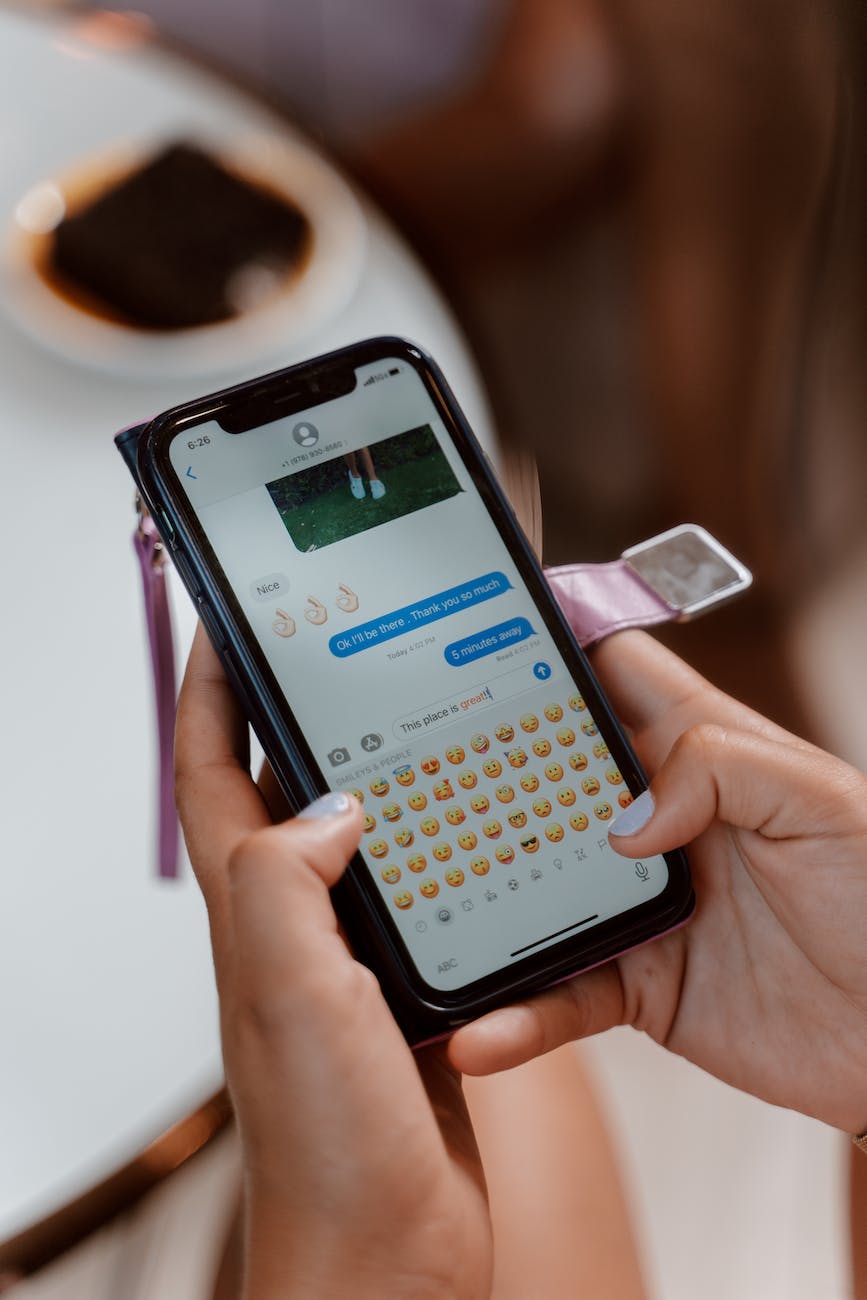Telegram, A Better Messaging Solution
I’ve been using Telegram for years, mostly due to a select group of business acquaintances and friends wanting to have a more secure communication channel. Unlike many other services, Telegram messages are encrypted at a higher level of entropy than the messaging services most people use – like SMS/MMS (text messages) or Meta’s Messenger. That makes it far more difficult for a “bad actor” to intercept messages without having direct access to the Telegram app AND be part of the recipient list.
Just as important, Telegram, as far as I know, is one of the few message services that has not been caught eavesdropping on messages to build user profiles to sell ads (like Facebook and the Cambridge Analytica scandal).
However, the thing that is finally pushing me to use Telegram over iMessage (Apples proprietary apple-to-apple user messages with wonky SMS/MMS support) is the fact that text messages are still wonky any time you mix Android and Apple users. After more than a decade, I’m tired of the split messages whenever someone tries to do a group chat and , heaven-forbid, all the users are not on the same platform.
Deliberate Technical Division
Technical divides like this are a joke IMO. We have the resources and capabilities to make the technology work well together. What is stopping us? Corporate hubris. Google refuses to work with Apple. Apple refuses to work with Google. Microsoft works with anyone unless they don’t want to, which is often. Any time a company thinks they can gain just one more user through their “vastly superior” technology — and let’s be honest, they are all doing damn near the exact same thing 90% of the time — they choose NOT to collaborate.
There is no reason Apple’s iMessage protocols cannot be open source and usable by Google or Microsoft. There is no reason the mobile carries (yeah, they are just as bad — no worse I would say) should not ALL be supporting things like “grouping MMS messages” on iMessage ; literally a configuration setting on their services platform. Yet here we are… send a group message and chances are you’ll end up getting back separate messages.
Fixing Group Messages
For those of you that are seeing your Android and iPhone messages starting as a group chat and ending up individual messages, there is a half-fix out there.
IF your mobile carrier supports it, and not all do – especially MVNO (secondary provider) carriers, go the settings on your iPhone, look for the Messages settings. Make sure MMS messages are turned on, this is the original gangster that allowed fancy messages with photos to be used decades ago… but also is need for who-knows-why group message support. Once that is enabled, makes sure to turn on the Group Messages setting.
That will help SOMETIMES. But it does not always exist if your secondary cell phone service provider is trying to get you off a more affordable service (usually an MVNO) to their full cost service.
The other time it does not exist — any Apple device that does not have a direct cell service connection. So while your iPad may pair with your iPhone to allow calls and messages to be sent and received seamlessly between either device, it will NOT give you MMS or group messages support.
On To Telegram
The other issue with standard text messaging apps, even iMessage, is that it does not work worth a damn if you do not have a cell service signal. While iMessage works great on WiFi without a cellular connection, that is only useful if all the people you communicate with are also using Apple’s iMessage. Sorry Android friends, I cannot talk to you while I’m at my house because my cell service sucks here.
The solution – use Telegram.
It works as long as you have a network connection, provides truly secure communications, the company is not snarfing and selling my profile data, and it has some other cool features like self-destruct messages (not that I need those, but some people that liked services like Snapchat will like it).
If you get an invite to Telegram from me – try it out. You might like it more than you realize.
